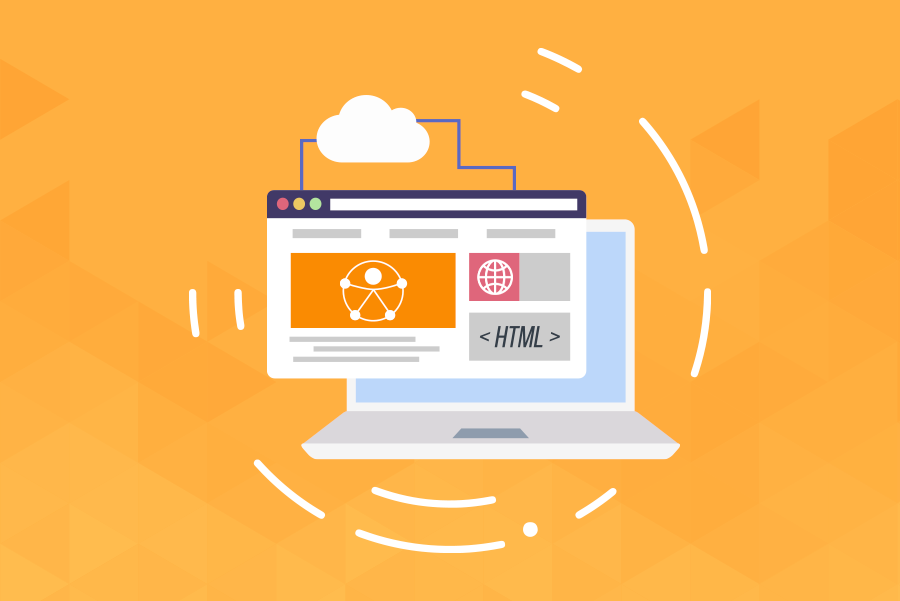Celikoglu Chronicles
Exploring insights and innovations from around the world.
Web Accessibility: The Secret Ingredient for Happy Users
Unlock the secret to happier users! Discover how web accessibility can elevate your site and boost engagement.
Understanding Web Accessibility: Key Principles for an Inclusive User Experience
Understanding web accessibility is crucial for ensuring an inclusive user experience for all individuals, regardless of their abilities or disabilities. It is based on several key principles that guide the design and development of websites. These principles include perceptibility, which ensures that information is presented in formats that are easily perceived by users, such as providing text alternatives for non-text content. Websites should also embrace operability, allowing users to navigate and interact with all elements using different input methods, including keyboard navigation for those who cannot use a mouse. For more detailed guidance, you can explore the WCAG 2.1 Quick Reference by the World Wide Web Consortium.
Another essential principle is understandability, which involves creating content that is easy to read and understand for everyone. This can be achieved by using clear language, consistent navigation, and predictable behaviors. Finally, websites must be robust, meaning they should work well with current and future technologies, ensuring compatibility with assistive tools that users may rely on. By integrating these principles into your web design, you not only enhance accessibility but also improve overall user experience. For further reading, consider visiting the U.S. Access Board, which offers resources on web accessibility standards.

Top 5 Benefits of Web Accessibility for Your Business and Users
Web accessibility is not just a moral obligation; it is a critical business advantage. By ensuring that your website meets accessibility standards, you open your doors to a larger audience, including individuals with disabilities. This inclusivity can significantly enhance your customer base, as it is estimated that over one billion people globally have some form of disability. According to the World Wide Web Consortium (W3C), implementing web accessibility can lead to improved search engine rankings, enhancing your website's visibility.
Moreover, web accessibility promotes a better user experience for all visitors, not just those with disabilities. When a website is designed with accessibility in mind, it often results in faster loading times and easier navigation, which can lead to increased customer satisfaction and retention. Additionally, companies that prioritize accessibility can boost their brand reputation and demonstrate their commitment to diversity and inclusion. For more insights, check the Accessibility Oz resource on the benefits of accessibility.
Is Your Website Truly Accessible? Common Pitfalls and How to Avoid Them
Assessing whether your website is truly accessible involves understanding common pitfalls that can hinder users with disabilities. One major issue is the lack of proper WAI-ARIA roles and attributes, which help assistive technologies interpret content correctly. Another frequent oversight is insufficient color contrast, making text difficult to read for individuals with visual impairments. To avoid these issues, utilize tools such as the WebAIM Contrast Checker to assess your color choices and implement ARIA best practices to enhance the navigability of your site.
In addition to technical aspects, it's essential to consider user experience for those relying on keyboard navigation. Many websites fall short by not allowing clear focus indicators or hindering the ability to navigate without a mouse. Regular testing is crucial—use tools like WAVE Accessibility Evaluation Tool to identify these navigational barriers. Lastly, ensure that all multimedia content includes captions and transcripts to make the experience inclusive for users with hearing impairments. By rectifying these common pitfalls, you take significant strides toward a more accessible website.